Carlos Jose Hernandez and Joshua Zuazo were sentenced to life without the possibility of parole in the 2024 murder of Hussein “Sam” Murray.
Column: The ‘Thinking Error’ Holding Jewelers Back
Jewelry store owners who view themselves first and foremost as jewelers are making a big mistake, writes Jim Ackerman.

It’s a classic story …
Third-, fourth-, fifth-generation jewelers, working out of the same space their great-grandparents did, generating about the same mediocre income, married to the business and the business is running their lives, not the other way around.
This in a market where “newcomers” have taken root and surpassed them in sales, profit and reputation, in seemingly no time.
And this phenomenon isn’t limited to multi-generation jewelers. The same malaise burdens the majority of jewelers, regardless of when, where or why they got into business. There just seems to be a “glass ceiling” beyond which they cannot grow.
Why? And what can be done about it?
The problem is “stinkin’ thinkin’.”
Make no mistake about it. What you think and feel about the nature of your business and your role in it has a greater impact on your ultimate success than anything else. More so than your:
location;
experience;
qualifications;
history;
lines of merchandise;
ability to design or appraise; and
affiliations with any group.
You see, as an owner, if you see yourself as a jeweler, you are frankly seeing yourself wrong.
Not that you can’t or shouldn’t perform some “jeweler functions” but seeing your role as “jeweler” is exactly the “thinking error” that is limiting you.
Bill Warren runs a shop in the miniscule North Carolina berg of Hudson, population 4,000. From that town he routinely generates more than a million dollars a year.
But it wasn’t always that way. Not too long ago, Bill’s revenues were less than half that. In his own words:
“I thought if I was the best jeweler, people would come. They didn’t. Then I thought if I was the best designer people would come. They didn’t. So I thought if I was the best appraiser people would come. They still didn’t. Finally, when I decided to become the best marketer, the best businessman, they came. And they’ve been coming ever since.”
You see, the thought process that turned Bill and his business around was the realization that he is not a jeweler. He now knows that he is a marketer of jewelry, gemstones and jewelry-related products and services.
That simple, even subtle, shift in thinking made all the difference.
When you own the business, your first and foremost responsibility is to bring in business. You can find people to do the other things, but if you don’t have bodies coming in the door, there is no way to
“Marketing consists of a collection of skills. And the development of skills requires an investment of time and practice. There are no shortcuts.” -- Jim AckermanUnfortunately, most jewelers avoid their marketing duties. They don’t just delegate those responsibilities, they abdicate them. They wait for media sales reps to tell them when and what to promote. Some pawn off their marketing responsibilities to an underling. Even more devastatingly, they avoid any investment in learning about marketing or in improving their marketing skills.
That’s not to say they receive no education whatsoever. Most will attend free education sessions at trade shows. Trouble is, a collection of one-hour sessions, while perhaps idea-stimulating, can only be rudimentary at best, leaving the jeweler with lots of ideas of what to do, but few on how to do it.
Marketing consists of a collection of skills. And the development of skills requires an investment of time and practice. There are no shortcuts.
So I suggest you dedicate yourself to mastering a basic set of skills to dramatically improve your ability to run the real engine that drives your enterprise--marketing.
Begin by setting aside a minimum of 30 minutes a day to study marketing principles, strategies and tactics, and to develop them in your enterprise. This should be the same half-hour or more each and every business day, and the standing rule in your store should be, “Unless the building is burning down, I cannot be disturbed during this time.”
This is a regular appointment you hold with yourself. Respect yourself enough to honor it.
Second, access a source of marketing know-how. Books and audio trainings are good. Special seminars and workshops are better. Ongoing help from a coach or consultant might be best.
Third, seek both feedback and accountability. Feedback is expert critique from people who know marketing. (Sharing your ideas with your staff is OK, but their reactions are more opinion than feedback. They are valuable, yes, but must be valued appropriately.)
Accountability is having someone hold your feet to the fire, e.g. giving you specific assignments with specific deadlines. It’s not too different from having deadlines for completing a design or repair job. But, in the long run, it is far more important.
Are you courageous enough to face your fears of marketing and take this advice? If so, it will signal a turnaround from “stinkin’ thinkin’” to “streakin’ thinkin’” and you’ll be amazed to see what happens to your business, and how quickly.
Jim Ackerman has spoken to jewelry retailers at JA New York, JCK, The Smart Jewelry Show and others. He has teamed with Shane Decker for the Ultimate Jewelry Sales & Marketing Boot Camp, to be held this September. National Jeweler readers can get more information about the event and download a free report here.
The Latest

Yood will serve alongside Eduard Stefanescu, the sustainability manager for C.Hafner, a precious metals refiner in Germany.

Set in a Tiffany & Co. necklace, it sold for $4.2 million, the highest price and price per carat paid for a Paraíba tourmaline at auction.

How Jewelers of America’s 20 Under 40 are leading to ensure a brighter future for the jewelry industry.

The jeweler’s “Deep Freeze” display showcases its iconic jewelry designs frozen in a vintage icebox.

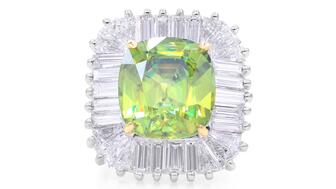
Take luxury gifting to new heights this holiday season with the jeweler’s showstopping 12-carat sphene ring.
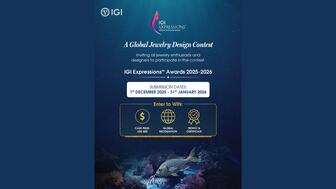
This year's theme is “Unveiling the Depths of the Ocean.”

Roseco’s 704-page catalog showcases new lab-grown diamonds, findings, tools & more—available in print or interactive digital editions.

In its annual report, Pinterest noted an increase in searches for brooches, heirloom jewelry, and ‘80s luxury.

Starting Jan. 1, customers can request the service for opal, peridot, and demantoid garnet.
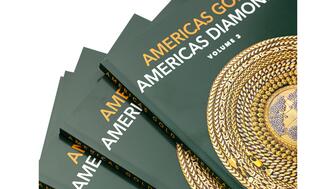
The new catalog features its most popular chains as well as new styles.
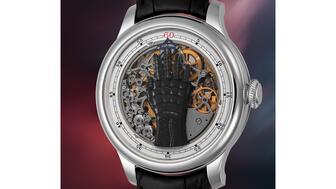
The filmmaker’s personal F.P. Journe “FFC” prototype was the star of Phillips’ recent record-setting watch auction in New York.

The new location in the Design District pays homage to Miami’s Art Deco heritage and its connection to the ocean.

Inflations, tariffs, and politics—including the government shutdown—were among consumers’ top concerns last month.
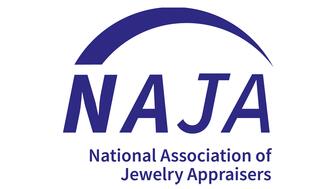
“Longtime favorite” presenters, as well as first-time speakers, will lead talks and workshops at the annual event in Tucson next year.
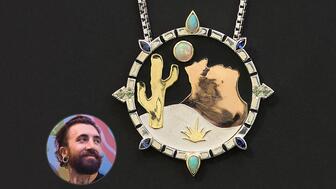
Silas Smith of Meridian Metalworks won the challenge with his pendant that blends Australian and American landscapes.
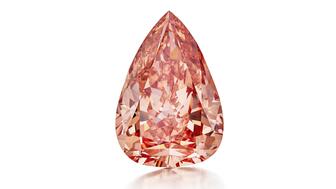
The sale of the 31.68-carat, sunset-hued stone was part of Sotheby’s first series of events and auctions in Abu Dhabi.

Most customers who walk into your store this month have made up their minds. Your job is to validate their choice, Emmanuel Raheb writes.

The collection features characters and motifs from Ukrainian folklore, including an enchanted mirror and a magic egg.

MatrixGold 3.11, the newest version of the jewelry design program, offers more flexibility, precision, and creative control.

The pavilion will be part of the 2026 JA New York Spring show, scheduled for March 15 to 17.
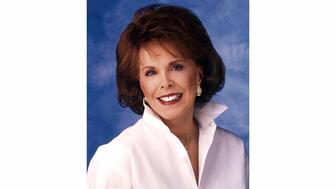
Kadet, a 1994 National Jeweler Retailer Hall of Fame inductee, helped grow the family-owned retailer in the Chicago area and beyond.

Billed as the world’s smallest wearable, Lumia Health’s new smart earrings have a health tracker subtly embedded in the back.
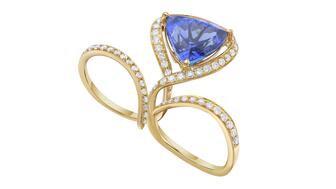
Don’t let those with December birthdays feel blue. Help them celebrate their month with blue zircon, turquoise, and tanzanite.
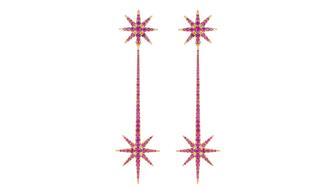
The new pink sapphire version of the piece dances with its wearer in the brand’s “Icons After Dark” holiday campaign.

A choice that’s generated a lot of commentary, Pantone says “Cloud Dancer” marks a fresh start and encourages relaxation and creativity.
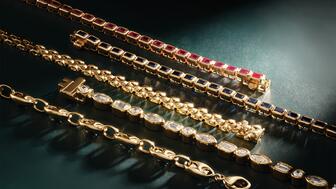
The manufacturer’s holiday campaign features a gift guide filled with trending designs and jewelry that can be personalized.



























